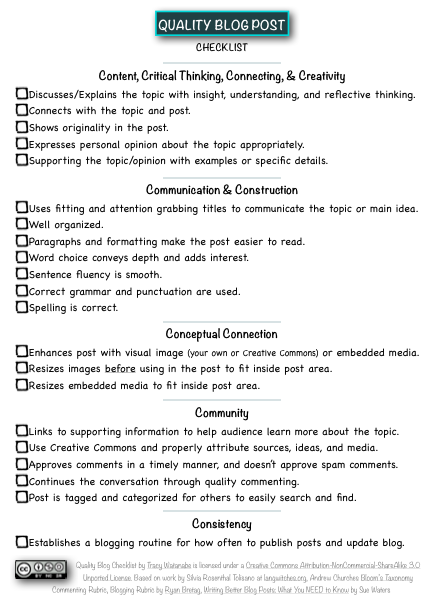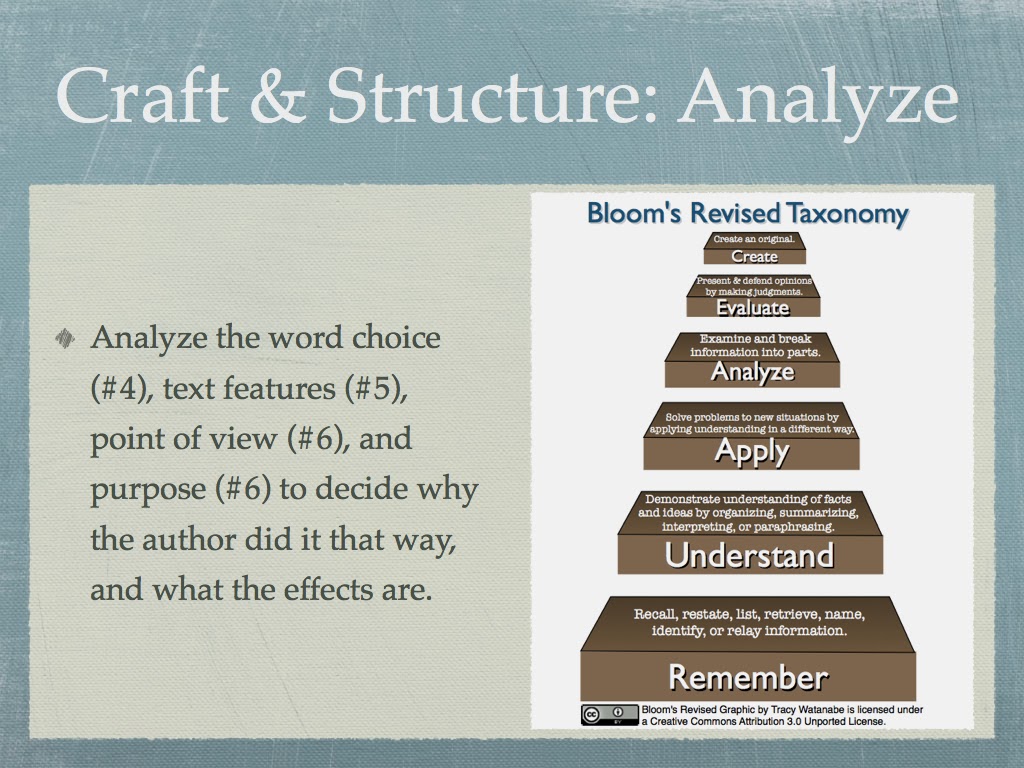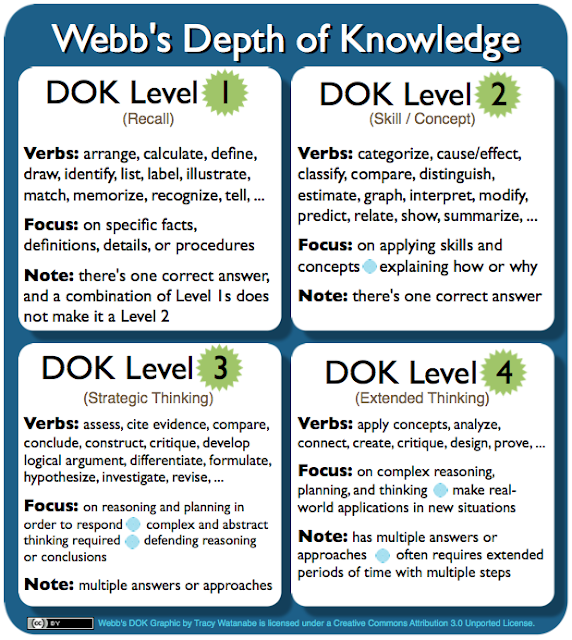Top Ten for Teching it Up
- IE- Lisa chose Moodle. She will have kids do a “Before you Read” Forum post, and a daily post to go with each chapter. The two best choices for getting started with Moodle are to Link to outside Websites and to add a Forum for a discussion question.
- You can create multiple choice questions, fill in the blank, true/false … and it will give instant feedback to the teacher in a spreadsheet.
- Once you have the form created, you’ll need to host the link on your platform (refer to #10 above). In other words, paste that link for them on your class platform (Moodle, GradeBook Wizard, Google Apps, SchoolWorld Website, or whatever platform you choose).
- Find content rich videos for students to learn from. YouTube, SchoolWorld, Discovery, BrainPOP, etc. There are tons out there.
- When you show a video in class. Give them a framing question before – such as, “In this video I want you to look for …. We will talk about it right after the video.” Then right after, follow up with a discussion about what you said you’d talk about.
- Put that link back on your Platform (see #10 above), such as Moodle, SchoolWorld, etc. (If putting a link on the platform is easy, you can try embedding it).
- Create (or download if you find one) a presentation with key vocabulary.
- Have pictures to show examples of it.
- If possible, have audio if it will help students learn it better.
- Social Bookmarking is a wonderful way to do this for websites. Click here for more information on this.
- Share on our Resource Center. (TBD).
5) Hands on and Visuals.
- Find interactive links or multi-sensory for your students to engage in the learning.
- Click here for an example. Notice, there are interactive links for students to work on. There are some teacher links. Then there is a choice board. -- If you are not ready for a choice board, then just focus on the interactives for the student links.
4) Kids creating for you.
- Note: Most teachers start by restricting them to one platform (IE Google Apps), but it isn’t necessary. What you do need is:
- The Rubric (Tracy can help with this, or there is an online class through Prospector University Moodle, and there is a face-to-face class through P.U.). – Focus on the content objective.
- Have a time frame for when it is due.
- Have check-in points along the way (to check for understanding, provide feedback, and for accountability).
- Note: remind them not to use their last names on the internet as user names, in the content, or in the saved file name!
3) Publish the Students' Work.
- Showcase your students' work. Place them on your SchoolWorld site, your platform, your school's FaceBook page, etc. It's like placing class work on a bulletin board.
- Share it back to your social bookmarking account (such as your Diigo account that was referred to in #6 above).
- Since the piece of work is the property of the student, and copyrighted to the student, it's always good to ask first if it's okay to publish it.
- Note: Make sure that your student's last name is not revealed in the user name, the content, or in the saved file name!
- Blogs are personal journals, where students and teachers can put their ideas on the table for others. It can inform or invite responses back for discussion. They inform others what you are doing or thinking.
- Click here for more information on blogs used in the classroom.
- I used my SchoolWorld blog as an exit card for a PD class that I taught about blogging. Check it out.
- To see more examples, click here.
- Here are some excellent tips: 10 Tips for Starting an Education Blog.
- Wikis are an awesome way to collaborate with others, especially outside our school district.
- Click here for other collaborative opportunities.



I've enjoyed browsing through your blog this morning. This post was very helpful. I'm looking forward to incorporating these ideas into my classroom someday (have to get hired first:)
ReplyDelete